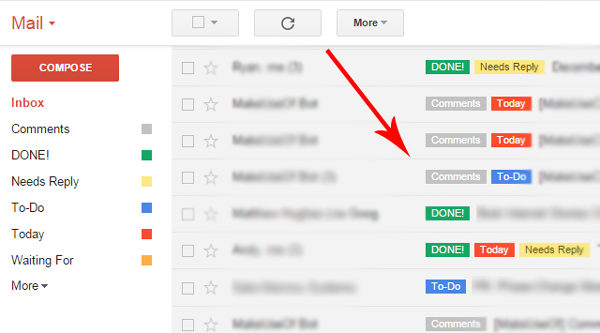Best Way To Organize Email
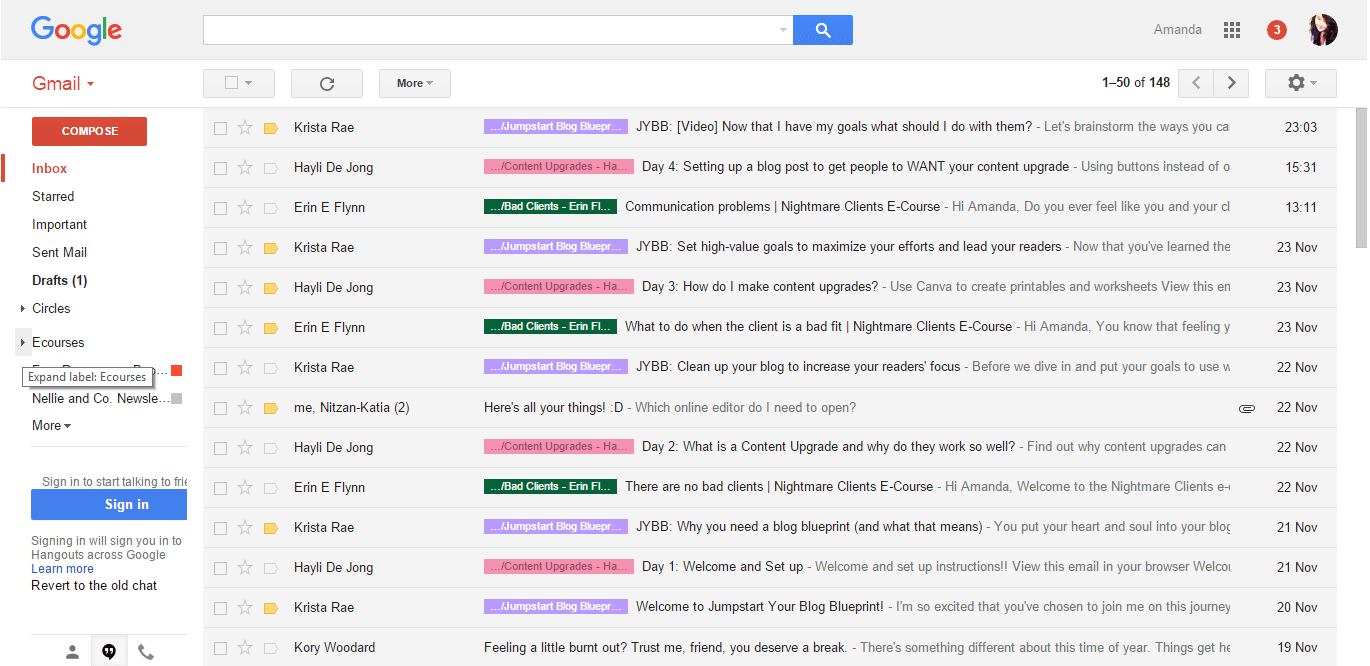
Drowning in emails? You're not alone. For value-conscious shoppers, reclaiming control of your inbox isn't just about productivity – it's about saving time, reducing stress, and ultimately, maximizing your resources. This review analyzes the best email organization methods to help you choose the right strategy for your needs and budget.
Why Email Organization Matters
Email has become a ubiquitous tool, but its unmanaged volume can be overwhelming. Disorganization leads to missed deadlines, lost opportunities, and decreased efficiency. Implementing an effective system boosts productivity and provides significant return on investment for the time and effort spent.
Shortlist of Recommended Email Organization Methods
Here's a curated list catering to diverse needs and budgets:
- For the Budget-Conscious: Gmail Filters & Labels – Powerful and free, ideal for those willing to invest time in setup.
- For the Task-Oriented: Todoist for Gmail – Integrates task management directly into your inbox.
- For the Team Player: Front – Collaborative inbox solution, best for small to medium-sized teams.
- For the Power User: Mailstrom – Unsubscribe and manage large volumes of email quickly.
Detailed Reviews
Gmail Filters & Labels
Gmail Filters & Labels offer a robust, free solution for users with technical skills. You can create rules to automatically sort, label, and archive incoming messages. Mastering filter creation and label hierarchies takes time but offers unparalleled customization and cost-effectiveness.
Todoist for Gmail
Todoist for Gmail transforms emails into actionable tasks. This extension allows users to add emails as tasks directly within Gmail, setting deadlines and reminders. It's a great tool for those who manage projects and tasks via their inbox but can be pricey after the trial.
Front
Front is a collaborative inbox platform, a perfect solution for teams handling customer support or shared inboxes. Multiple users can access and respond to emails, assign conversations, and track progress collaboratively. The cost can be a barrier for solo users or smaller teams.
Mailstrom
Mailstrom simplifies the process of unsubscribing from unwanted emails and grouping similar messages. It helps declutter your inbox quickly by bundling emails by sender or subject and then applying actions like unsubscribe or delete. Mailstrom is a powerful tool for regaining control over a messy inbox, but it comes with a subscription fee.
Side-by-Side Comparison
The following table provides a comparative overview:
| Method | Price | Ease of Use | Features | Best For | Performance Score (out of 5) |
|---|---|---|---|---|---|
| Gmail Filters & Labels | Free | Medium | Customizable filters, Labels, Archiving | Individuals with technical skills | 4.0 |
| Todoist for Gmail | Freemium | Easy | Task management integration, Reminders | Task-oriented individuals | 4.2 |
| Front | Paid | Medium | Collaboration, Shared Inbox, Team Management | Small to Medium-sized Teams | 4.5 |
| Mailstrom | Paid | Easy | Unsubscribe, Bundling, Mass Actions | Individuals with messy inboxes | 4.3 |
Practical Considerations
Choosing the best email organization method depends on your specific circumstances. Start by assessing your current email volume, the frequency of communication, and the nature of your work. If you handle a lot of customer support emails, Front may be the better option.
Consider your technical skills and the time you're willing to invest. Gmail Filters & Labels offer the most control, but require a time investment for setup. Evaluate your budget and whether the benefits justify the cost of a paid solution.
Don't underestimate the importance of developing good email habits. No organization tool can replace disciplined email management practices. Regularly check your inbox, respond promptly to important messages, and unsubscribe from unnecessary subscriptions.
Key Takeaways
Effective email organization is crucial for productivity and reducing stress. Free tools like Gmail Filters & Labels can be incredibly powerful but require time and technical skills. Paid solutions like Todoist for Gmail, Front, and Mailstrom offer advanced features and often simplify the process.
Your choice should align with your needs, technical ability, budget, and workflow. Remember that no tool is a substitute for solid email management habits.
Take Action Today!
Ready to conquer your inbox? Experiment with the free options first to understand your needs. Start with Gmail Filters & Labels and explore free trials of paid services like Todoist for Gmail to see what works best for you. Invest in an organizational system that saves you time and increases your efficiency.
Frequently Asked Questions (FAQ)
Q: How long does it take to set up Gmail Filters & Labels?
A: The initial setup can take a few hours, depending on the complexity of your filters. Continuous refinement will be required as your needs evolve.
Q: Is Front suitable for a solo user?
A: Front is designed for teams, so the features and pricing may not be ideal for solo users.
Q: Will Mailstrom automatically unsubscribe me from everything?
A: No, Mailstrom groups subscriptions for you to easily unsubscribe, giving you control over your subscriptions.
Q: Can I use multiple email organization methods at once?
A: Yes, you can combine different tools. For example, use Gmail Filters & Labels for initial sorting and Todoist for Gmail for task management. However, avoid overcomplicating your system.
Q: Are there any risks to using third-party email organization tools?
A: Always research and choose reputable providers with strong security measures. Ensure they comply with data privacy regulations. Be mindful of granting access to your email data.
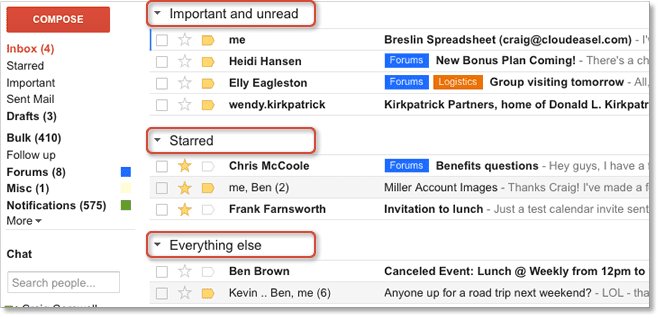

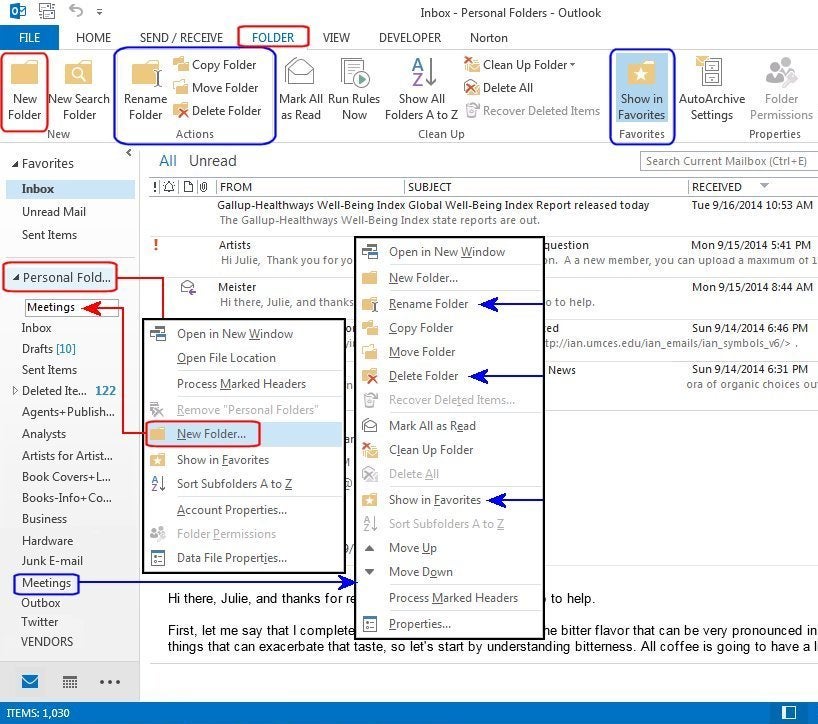




![Best Way To Organize Email 6 Ways To Organize Inbox In Outlook [Ultimate Guide 2024]](https://10scopes.com/wp-content/uploads/2022/10/outlook-all-categories.jpg)
.jpg)
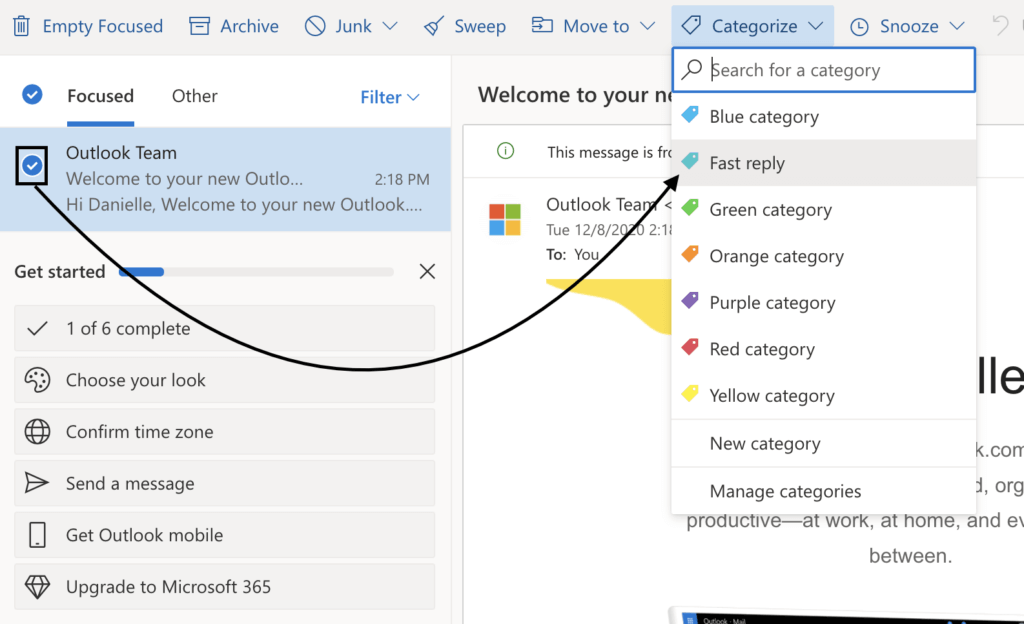
.jpg)
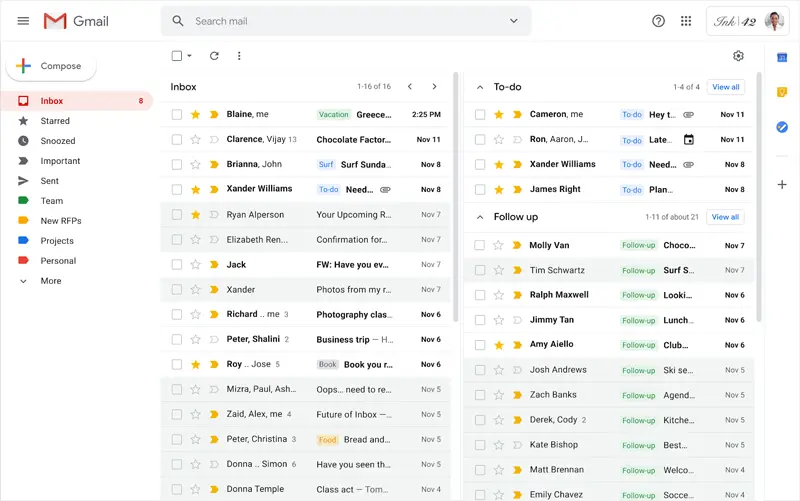
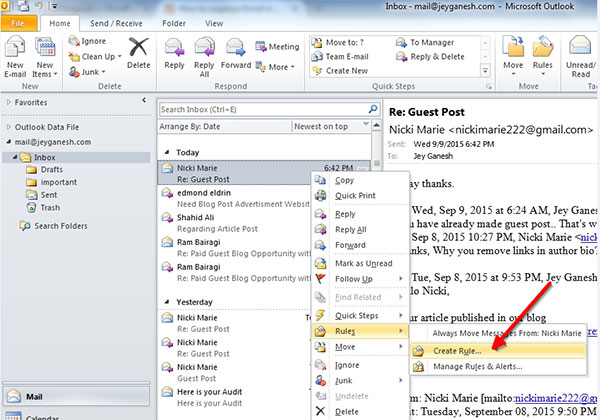

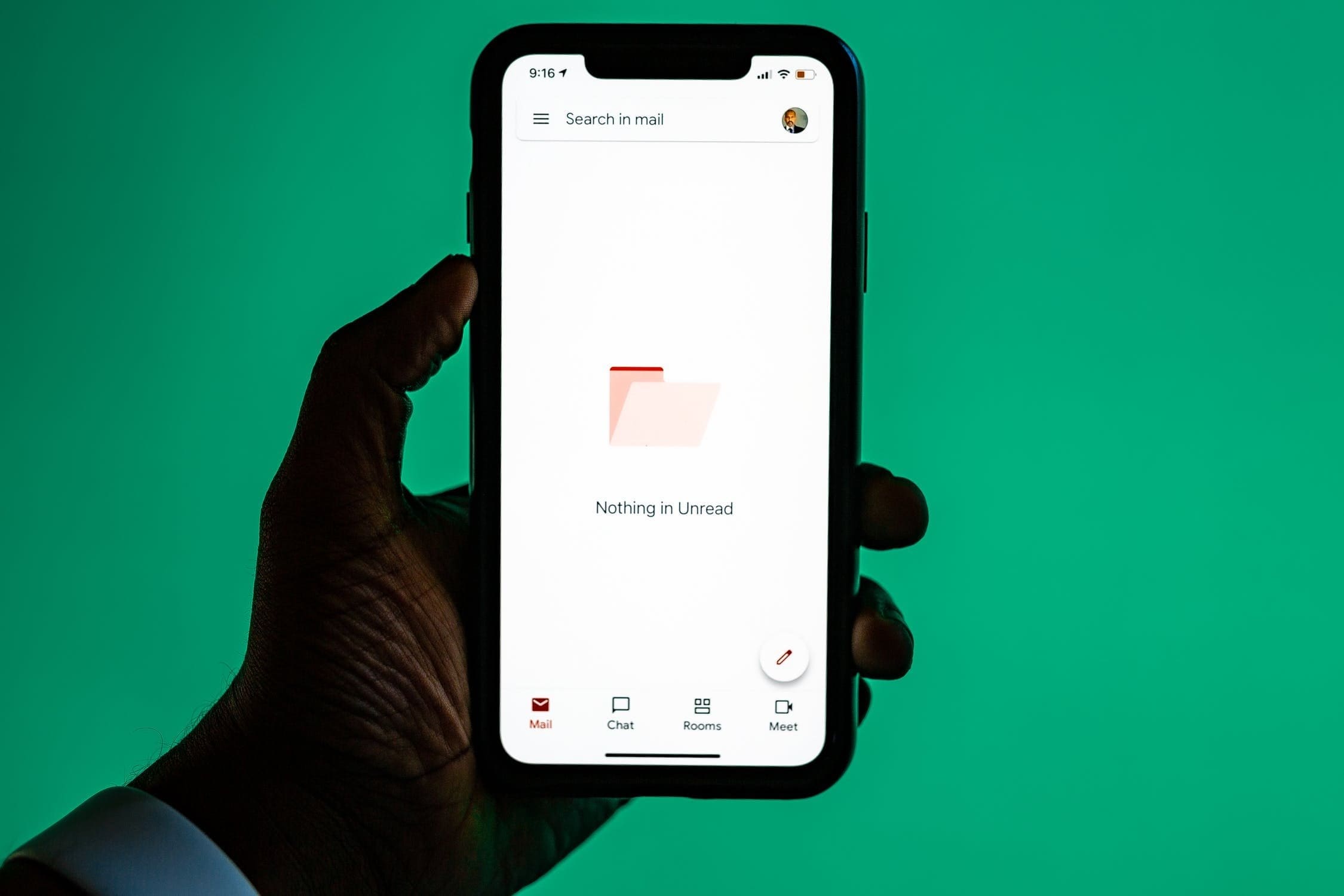
![Best Way To Organize Email 6 Ways To Organize Inbox In Outlook [Ultimate Guide 2024]](https://10scopes.com/wp-content/uploads/2022/10/organize-inbox-in-outlook-s.png)

